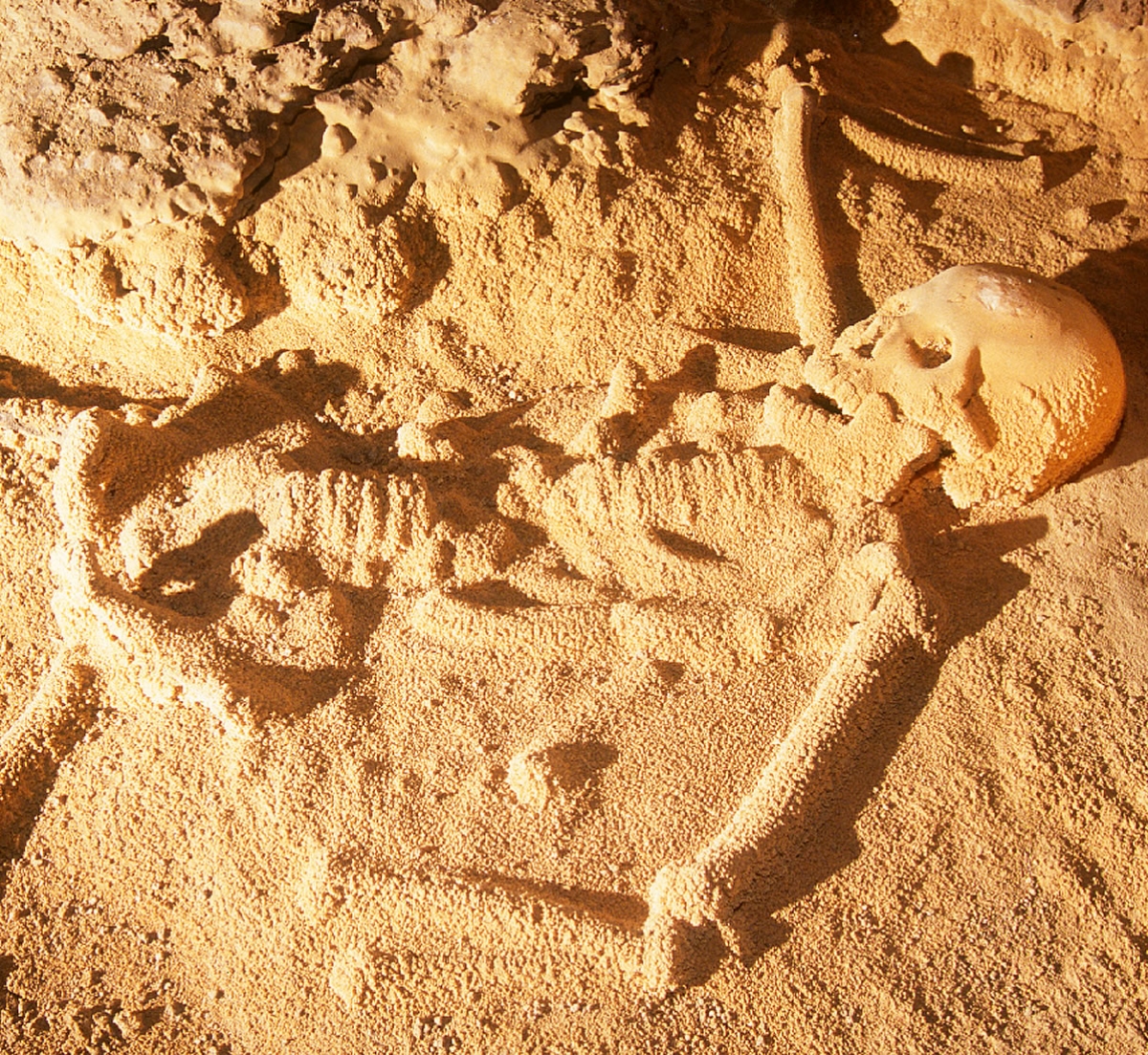Actun Tunichil Muknal Cave ATM Cave Belize
Experience the CAVE OF THE STONE ALTAR for a remarkable journey through the spirit world of the Ancient Maya
This cave is renowned for the extraordinary number of artifacts that remain untouched in their original state. There are over 1400 documented artifacts - pottery shards, pots of many different sizes, water vessels, and many tools and weapons used by the Maya people in what is suspected to be a bloodletting center to appease the gods in times of strife. The cave also includes a stone altar made of stalactites, and a slate carved stingray spine as its centerpiece, which is where the cave gets its name. Further into the cave, there are remains of suspected sacrificial victims, and a grotto where artifacts are seemingly strewn about the cave floor. Special guides, appointed by the Department of Archaealogy lead us through a trail of intrigue - past pots, shards, bone fragments, and many other relics.
The most famous artifact in Actun Tunichil Muknal (ATM) is the "crystal maiden", a calcified skeleton that was one of many victims sacrificed to appease the gods, and to bring the onset of rain in a time of drought. The skeleton has been "cemented" into the ground by hundreds of years of water running over the remains, causing a crystalline coating to form over the bones. The "crystal maiden" is found near the head of the cave, and is accessed using a ladder placed by the Department of Archaeology. In total, the remains of fourteen ancient Maya were found in the cave system; seven adults and seven children under the age of five. The cave also houses numerous pots, and pot shards that remain from food sacrifices. Some are but small fragments, and some pots remain largely intact. One of the pots is decorated with a monkey that is close to the pot's rim. An obsidian blade made of flint can be found on one of the shelves overlooking the burial chamber, and may have been used in some of the bloodletting ceremonies. There is evidence of bodies bound and tortured, but all that remains today of these gruesome scenes are bone fragments and piles.
Dating the artifacts, it is suspected the cave saw use from 0-1000 AD, with most of its use during the Terminal-Classic period (800-1000AD), which was a difficult time of extended drought. Discovered in 1989, this cave has remained untouched for approximately 1000 years, and has only been open to the public since 1998.
The Actun cave system is located on the edge of the Tapir Mountain Nature Reserve, approximately a 30 minute drive from Roaring Creek Village on the Western Highway in Belize. Accessible only by guides licensed by the Department of Archaeology in Belize, the cave is approached by a 45 minute trek through the jungle and by fording the Roaring Creek River. At the foot of the cave, an old research camp exists, where travelers typically are served lunch before entering the cool water at the cave's hour-glass shaped entrance. To enter the cave, explorers must swim approximately ten meters to the first rock, and the remainder of the cave follows a subterranean creek bed, where water levels range from ankle deep to areas that you need to swim through.
A PACKING LIST FOR ACTUN TUNICHIL MUKNAL
-water bottle
-swimsuit or shorts
-polypropylene top (long-underwear top)
-wide-brimmed hat
-sunscreen
-bug repellant
-dry-bag for camera and personal items
-camera
-closed toe shoe / water shoes
-towel
-extra set of clothes
This trip can also be added to the beginning and the end of any of our trips. Please contact our office for details.
TYPICAL DAY TRIP ITINERARY FOR THE ACTUN TUNICHIL MUKNAL (ATM CAVE)
8-8:30am - Pickup from your point of departure. This will need to be established ahead of time through our office.
9:30am - Arrive at Teakettle Village - Entrance to the Actun Tunichil Muknal, where we transfer into the Tapir Mountain Reserve.
10:15am - Arrive at the parking lot, change into wet gear, apply sunscreen and bug repellant. Each person receives their helmet and headlamp, and we begin the hike into the cave. The group will hike for 45 minutes towards the cave, fording the Roaring Creek three times before we reach the entrance.
10:30am - Stop for a bathroom break and a snack, followed by an orientation on the cave's history, preservation & safety.
11:00am - Cave portion of the trip lasts for three hours. Enter the cave from the open water pool. We swim in the first 50 yards, and then hike in clear water streams, boulders, and pools, until we reach the dry portion of the cave. Once we reach this chamber, we climb up into the dry portion of the cave, remove our shoes and are lead through an intricate trail of pottery shards, bone fragments, skulls, to the final "crystal maiden" - a skeleton which has been calcified into sandstone. We then return back down the cave entrance.
2:30pm - Exit the cave, have lunch at the Archaeology basecamp set up at the entrance. Lunch is provided with the trip.
3:45pm - Depart the picnic area back to the waiting vehicle.
4:00pm - Arrive back at Teakettle village
5:00pm - Return back to your accommodations for the evening.
